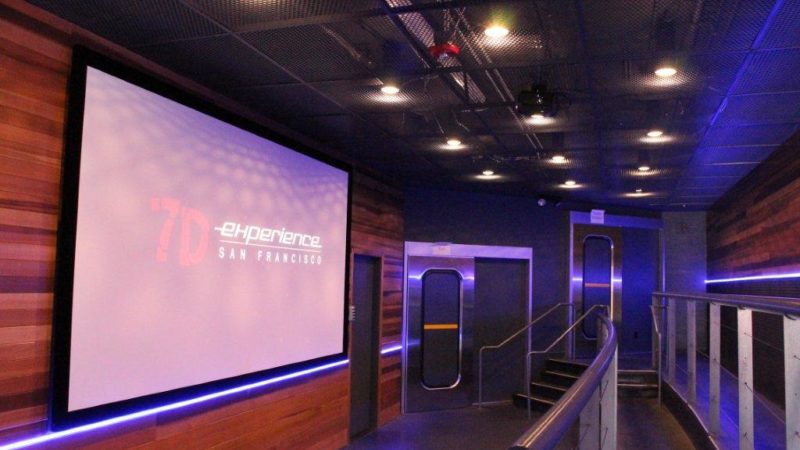
How to Combat Ambient Light in Commercial Venues
In terms of screen projection, one of the biggest struggles for commercial venues is ambient lighting. Whether it's a performance hall, auditorium, or conference room, non-projector light coming from both artificial and natural sources, like walkway lighting, hallways, and windows, bounces throughout the room and diminishes the quality of the image for viewers. Fortunately, you can combat this issue by following these guidelines:
Choose the Right Screen
First off, you need to choose the right screen. Traditional white screens offer optimal light diffusion properties, and in a controlled setting, this provides a vivid, clear image. However, when ambient light is present, it too, will reflect off the screen and wash out the picture. Darker coatings, like grey or even black, work well for these environments because they provide a more intense contrast level by creating deeper levels of black, which makes the image stand out despite intrusive light.
However, more than just screen color, you should look for screens made specifically for these conditions. These screens are commonly known as ambient light rejecting (ALR) screens. In truth, ALR screens don’t actually reject ambient light, they are designed to both absorb it and redirect it away from the viewer.
While white screens diffuse light uniformly across the entire surface, ambient light rejecting surfaces, are designed to redirect off-axis light (light other than that emitting from the projector) away from the viewer’s field of vision. The structure of the surface also absorbs indirect light.
Gain screens, surfaces on which optical coating is applied to increase reflectiveness, can also improve on-axis brightness and redirect a certain amount of off-axis light away from the viewer. In certain circumstances, especially in narrow venues like conference rooms, this can be a useful solution.
Don't Overlook Your Projector
The loss of brightness resulting from a darker low gain surface is compensated by a higher lumen projector. While the right projection surface choice is the main factor in controlling the effects of ambient light, higher lumen output projectors are great for brightly lit spaces because the projected light is bright enough to overpower other light sources and compensate for reduced reflectivity from the viewing surface. However, if your projector is too powerful, it will negatively affect contrast and cause an uncomfortable glare for the eyes. Also, because ALR screens redirect off-axis light, the angle of incidence of the projector’s light is of utmost important.
Create the Optimal Viewing Environment
You can also combat the negative side effects of ambient lighting by creating the optimal viewing environment. Commercial venues often have multiple uses, so you want to find an arrangement that boosts projection power without diminishing the functionality of the space. One of the easiest changes to make is updating your paint to a darker color to reduce its reflecting capabilities. You should also consider installing light-blocking shades for windows so that they can be closed when presentations are being made.
While you may not be able to blackout the entire space, you must try to diffuse or eliminate any light that's coming from directly behind the projector. ALR screens don't absorb light from that specific angle, so even if you've made the screen upgrade, you need to try to diminish light sources from behind as much as possible for optimal effects.
While ambient light is a battle in most commercial venues, each space offers its own unique set of needs. Fortunately, our team can evaluate your venue to create a custom screen arrangement that combats problems and enhances the viewing experience for your guests. Schedule your consultation today through our online contact form or by calling (877) 755-3795.


